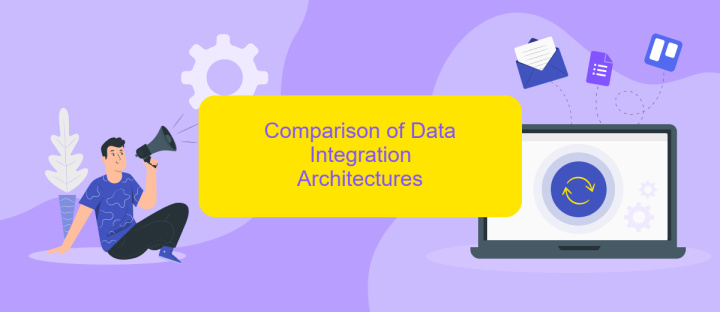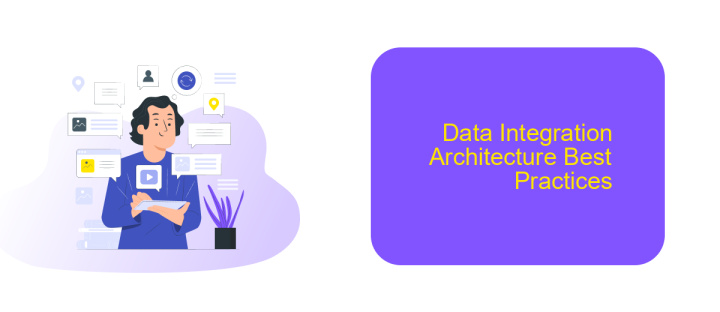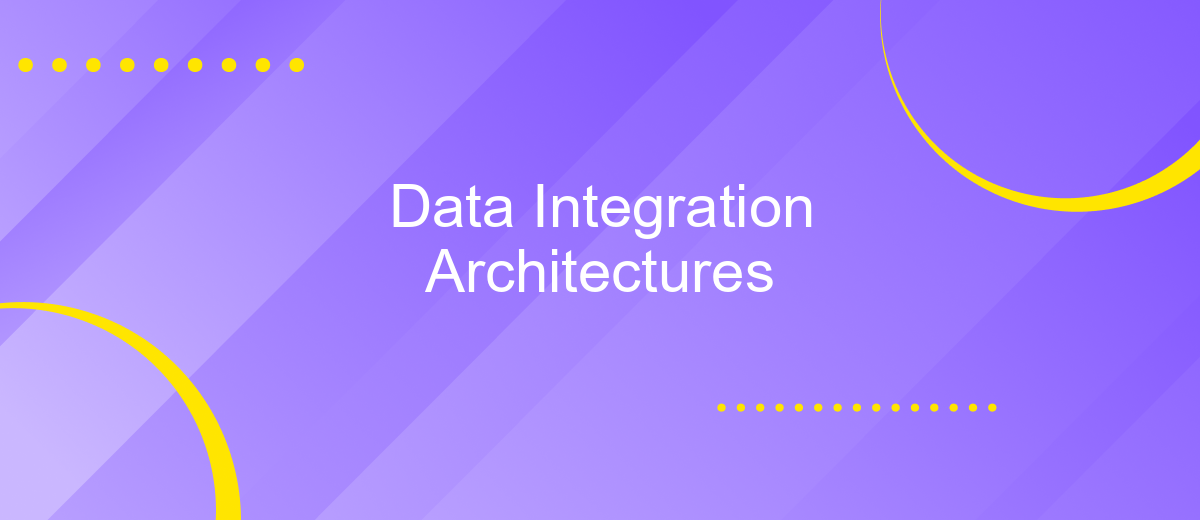Data Integration Architectures
Data integration architectures are crucial for modern enterprises aiming to leverage diverse data sources for comprehensive insights. These architectures facilitate the seamless flow and consolidation of data across various systems, enabling more informed decision-making and operational efficiency. This article explores the key components, benefits, and challenges of data integration architectures, providing a roadmap for organizations seeking to optimize their data strategies.
Introduction
Data integration architectures are essential frameworks that enable seamless data flow between disparate systems and applications. These architectures ensure that data is consistently and accurately shared across various platforms, enhancing operational efficiency and decision-making processes within organizations.
- Centralized Data Integration
- Decentralized Data Integration
- Hybrid Data Integration
- API-Driven Integration
One of the modern solutions for setting up these integrations is ApiX-Drive. This service simplifies the process of connecting different systems, allowing for automated data transfers without the need for extensive coding. By leveraging tools like ApiX-Drive, businesses can achieve efficient and reliable data integration, ensuring that their data is always up-to-date and accessible.
Types of Data Integration Architectures

Data integration architectures come in various forms, each designed to address specific needs and challenges. One common approach is the ETL (Extract, Transform, Load) architecture, where data is extracted from multiple sources, transformed into a consistent format, and then loaded into a data warehouse or database. This method is suitable for batch processing and large volumes of data but may not be ideal for real-time integration needs.
Another popular architecture is the real-time data integration, which focuses on the continuous flow of data between systems. This architecture is essential for applications that require up-to-the-minute information, such as financial trading platforms or real-time analytics. Tools like ApiX-Drive facilitate this type of integration by offering seamless connectivity between various APIs and services, ensuring data is consistently updated in real-time. Additionally, service-oriented architectures (SOA) and microservices can be employed to enhance flexibility and scalability in data integration efforts, allowing organizations to respond quickly to changing business requirements.
Comparison of Data Integration Architectures

Data integration architectures play a crucial role in modern data management, enabling seamless data flow across various systems. These architectures can be broadly categorized into different types, each with its unique strengths and weaknesses, depending on the specific needs of the organization.
- ETL (Extract, Transform, Load): This traditional approach involves extracting data from source systems, transforming it to fit operational needs, and loading it into a target system.
- ELT (Extract, Load, Transform): In this method, data is first extracted and loaded into a target system, where transformation processes are applied. This is particularly useful for handling large volumes of data.
- Data Virtualization: This approach allows data to be accessed in real-time without the need for physical storage, offering flexibility and speed.
- API-Based Integration: Tools like ApiX-Drive facilitate seamless integration by enabling real-time data exchange between applications through APIs, enhancing efficiency and reducing manual effort.
Choosing the right data integration architecture depends on factors such as data volume, latency requirements, and the complexity of the data sources. For instance, while ETL is suitable for batch processing, API-based integration is ideal for real-time data synchronization. Tools like ApiX-Drive can significantly simplify and automate the integration process, making it easier for organizations to maintain data consistency and accuracy.
Data Integration Architecture Best Practices

Implementing effective data integration architectures requires adherence to best practices to ensure seamless and efficient data flow. One fundamental practice is to prioritize data quality from the outset. Ensuring data consistency, accuracy, and completeness can prevent downstream issues and enhance overall system reliability.
Another crucial aspect is the use of scalable and flexible integration tools. Platforms like ApiX-Drive enable organizations to connect various applications and automate data transfers effortlessly. These tools support a wide range of integrations, making it easier to adapt to evolving business needs without significant reconfiguration.
- Standardize data formats and protocols to facilitate smooth data exchange.
- Implement robust security measures to protect sensitive information.
- Utilize monitoring and logging to track data flows and identify issues promptly.
- Ensure proper documentation and training to maintain system integrity over time.
By following these best practices, organizations can achieve a more resilient and efficient data integration architecture. Leveraging tools like ApiX-Drive can further streamline the process, providing a reliable foundation for data-driven decision-making and operational efficiency.


Conclusion
In conclusion, data integration architectures play a pivotal role in ensuring seamless data flow and accessibility across various systems and platforms. The right architecture not only enhances data quality and consistency but also supports real-time decision-making processes. By leveraging modern data integration tools and techniques, organizations can overcome the challenges of data silos, ensuring that critical information is readily available to stakeholders when needed.
Services like ApiX-Drive simplify the integration process by offering a user-friendly platform for connecting diverse applications and automating data transfers. This significantly reduces the time and effort required for manual integrations, allowing businesses to focus on their core operations. As data continues to grow in volume and complexity, adopting robust data integration architectures will be essential for maintaining a competitive edge and driving innovation in today's data-driven world.
FAQ
What is Data Integration Architecture?
What are the common types of Data Integration Architectures?
Why is Data Integration important for businesses?
How can businesses automate Data Integration processes?
What are the challenges in implementing Data Integration Architectures?
Do you want to achieve your goals in business, career and life faster and better? Do it with ApiX-Drive – a tool that will remove a significant part of the routine from workflows and free up additional time to achieve your goals. Test the capabilities of Apix-Drive for free – see for yourself the effectiveness of the tool.

